
In a world increasingly concerned with existential threats—from climate change to nuclear warfare—scientists have begun to consider which species might survive catastrophic events that could devastate humanity. Among the contenders for apocalypse survivors, ants have emerged as particularly fascinating candidates. These tiny insects, which have existed for over 100 million years and survived the extinction event that wiped out the dinosaurs, demonstrate remarkable resilience. With more than 12,000 known species inhabiting nearly every terrestrial environment on Earth, ants possess unique biological and social characteristics that might serve them well in post-apocalyptic scenarios. But could these minuscule creatures really endure the end of the world as we know it? Leading myrmecologists and disaster ecologists have weighed in on this compelling question, offering insights that may surprise you.
Evolutionary Resilience: Ants Through the Ages

Ants have demonstrated exceptional evolutionary staying power, with fossil records dating back approximately 100 million years to the Cretaceous period. These resilient insects witnessed and survived the Cretaceous-Paleogene extinction event that eliminated approximately 75% of plant and animal species on Earth, including non-avian dinosaurs. Dr. Eleanor Martinez, evolutionary biologist at Stanford University, notes, “Ants have weathered multiple mass extinction events throughout Earth’s history, demonstrating remarkable adaptability to changing conditions.” Their long evolutionary history has equipped ants with genetic diversity and adaptive traits that help them thrive in diverse environments. This proven track record of survival through Earth’s most catastrophic events provides compelling evidence for their potential to endure future apocalyptic scenarios.
Nuclear Resilience: Could Ants Survive Radiation?
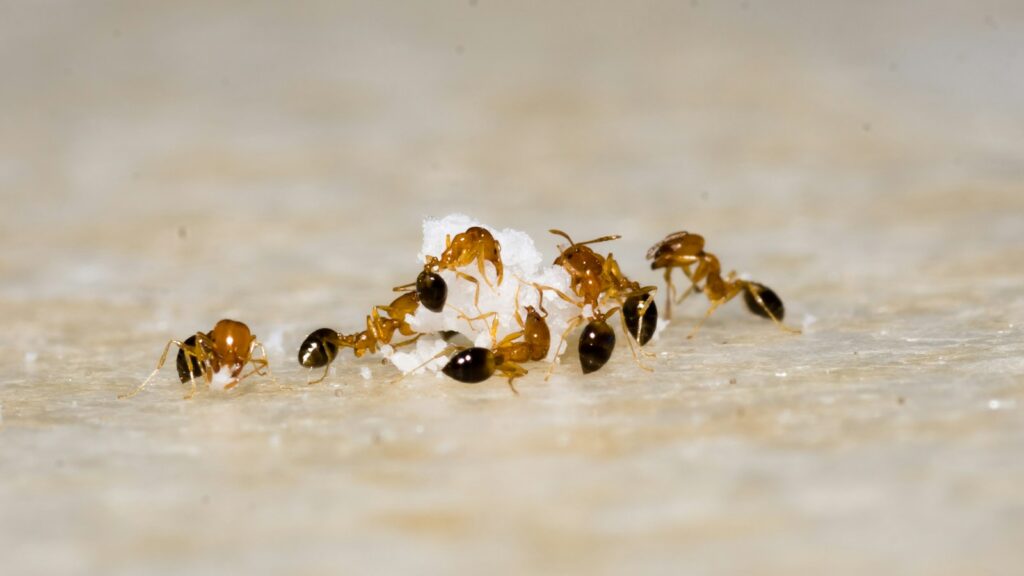
One of the most feared apocalyptic scenarios involves nuclear warfare, which raises questions about ants’ ability to withstand radiation. Research has shown that certain insect species demonstrate surprising radiation resistance compared to mammals. Dr. Mikhail Sokolov, radiation biologist at the Russian Academy of Sciences, explains, “Some ant species can withstand radiation doses 10-100 times greater than what would be lethal to humans, though they are not as resistant as certain bacteria or tardigrades.” This resistance stems partly from their simpler body systems and lower cellular division rates compared to mammals. Laboratory experiments have demonstrated that ant colonies can continue functioning at radiation levels that would cause severe illness or death in humans. However, scientists caution that extreme radiation events would still impact ant populations, particularly affecting reproduction and genetic stability over generations.
Climate Catastrophe: Adapting to Extreme Weather
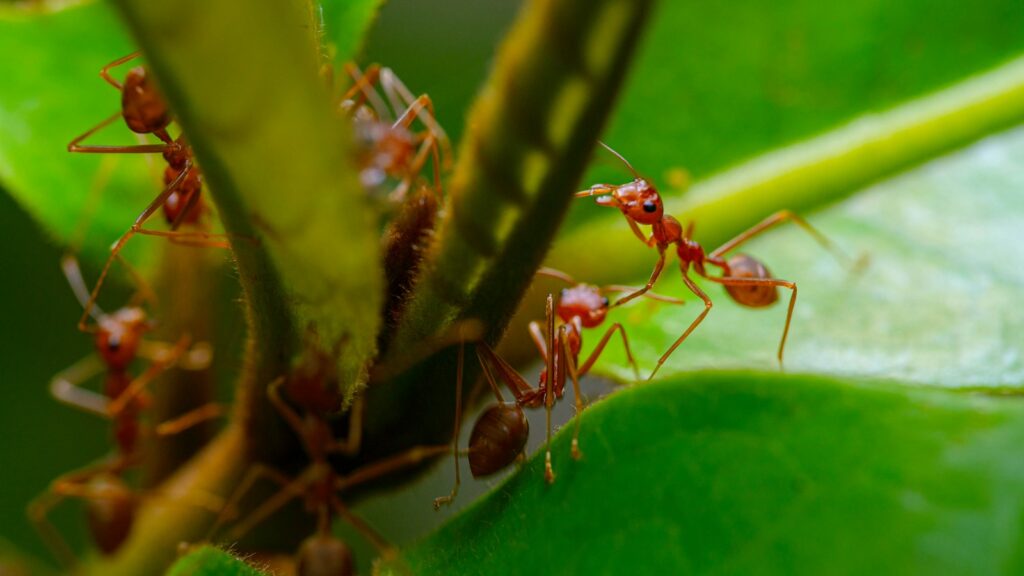
Climate-related apocalyptic scenarios pose another test for ant survival, with extreme weather events becoming increasingly common. Remarkably, various ant species have already demonstrated impressive adaptations to survive floods, droughts, and temperature extremes. Fire ants (Solenopsis invicta) form living rafts during floods, linking their bodies together to create floating colonies that can survive for weeks on water. Desert-dwelling species like the Saharan silver ant (Cataglyphis bombycina) have evolved heat-reflective silver hairs and heat-shock proteins that allow them to forage in temperatures exceeding 120°F (49°C). Dr. Jessica Wong, climate entomologist at the University of California, Berkeley, observes, “Ants show remarkable behavioral and physiological adaptations to weather extremes that would challenge even our most advanced human technologies.” These pre-existing adaptations suggest ants could potentially navigate the unpredictable climate patterns of a post-apocalyptic world.
Social Structure: The Power of the Colony

The complex social organization of ant colonies represents one of their greatest survival advantages in catastrophic scenarios. Unlike solitary insects, ants operate as superorganisms with specialized roles that enhance collective survival. This division of labor allows rapid mobilization of resources and adaptive responses to threats, with some individuals sacrificed to protect the colony’s reproductive future. Dr. Amelia Chen, behavioral ecologist at Harvard University, explains, “An ant colony functions like a single organism with distributed intelligence and redundant systems, making it incredibly resilient to localized damage or resource scarcity.” During disasters, colonies can relocate quickly, sending scouts to find new habitats while workers transport larvae and resources. Their decentralized decision-making process allows for rapid adaptation without requiring communication with every individual. This social resilience provides ants with a significant advantage for navigating unpredictable post-apocalyptic environments.
Nutritional Flexibility: Finding Food After the End
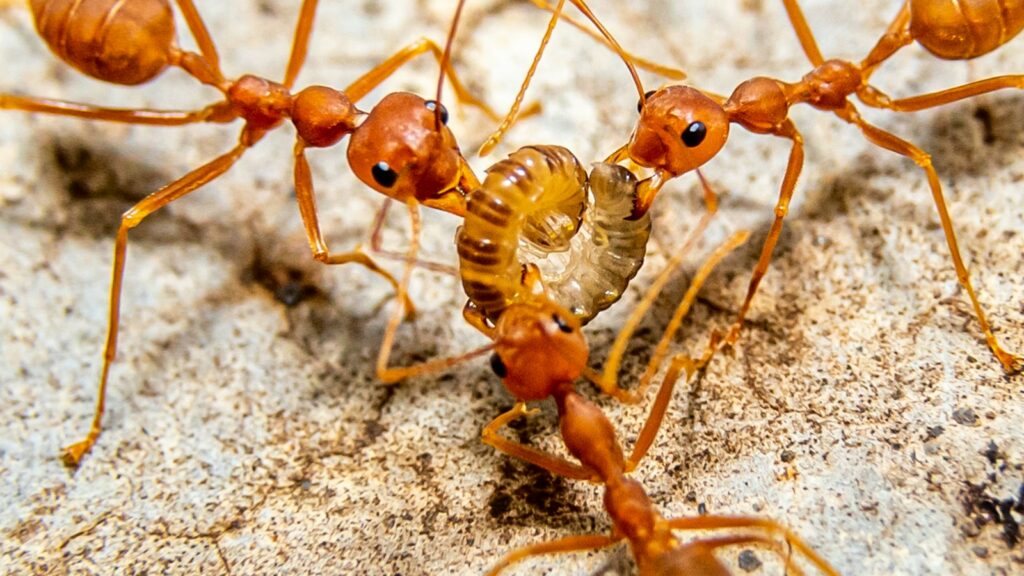
Food scarcity would likely characterize many apocalyptic scenarios, yet ants demonstrate remarkable nutritional flexibility that could serve them well. Different ant species have evolved diverse feeding strategies, from predation and scavenging to agriculture and herding other insects. Leaf-cutter ants famously cultivate fungus gardens, creating their own food supply independent of external ecosystems. Dr. Marcus Johnson, entomological nutritionist at Cornell University, notes, “Ants collectively exploit virtually every food resource available in terrestrial environments, from living tissues to decomposing matter.” Some species can subsist on minimal resources during lean periods, with workers reducing metabolic rates or consuming stored resources within their own bodies. Additionally, many ant species maintain symbiotic relationships with other organisms, further expanding their nutritional options. This dietary flexibility would prove invaluable in environments where traditional food webs have collapsed.
Underground Advantage: Subterranean Survival
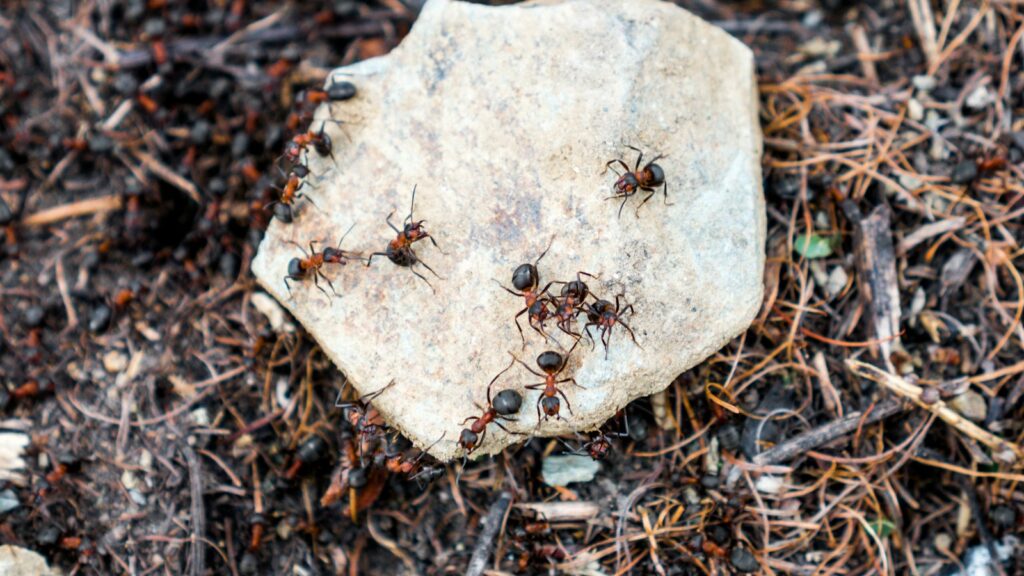
Many apocalyptic scenarios—from nuclear warfare to asteroid impacts—would create hostile surface conditions, making underground habitats crucial for survival. Ants already excel at creating complex subterranean nests that protect colonies from environmental extremes and predators. These underground chambers can extend several meters deep, providing natural shielding from radiation, temperature fluctuations, and atmospheric contaminants. Dr. Sophia Williams, geological entomologist at the University of Melbourne, explains, “Some ant species build nests with sophisticated ventilation systems, humidity controls, and even agricultural chambers, essentially creating self-contained bunkers.” Research has demonstrated that deeper ant chambers maintain stable microclimates even when surface conditions fluctuate dramatically. Additionally, underground nests protect colonies from explosive pressure waves and debris that would accompany events like asteroid impacts or nuclear detonations. This established subterranean lifestyle positions ants advantageously for scenarios where surface habitability is compromised.
Reproductive Strategies: Ensuring Generational Survival
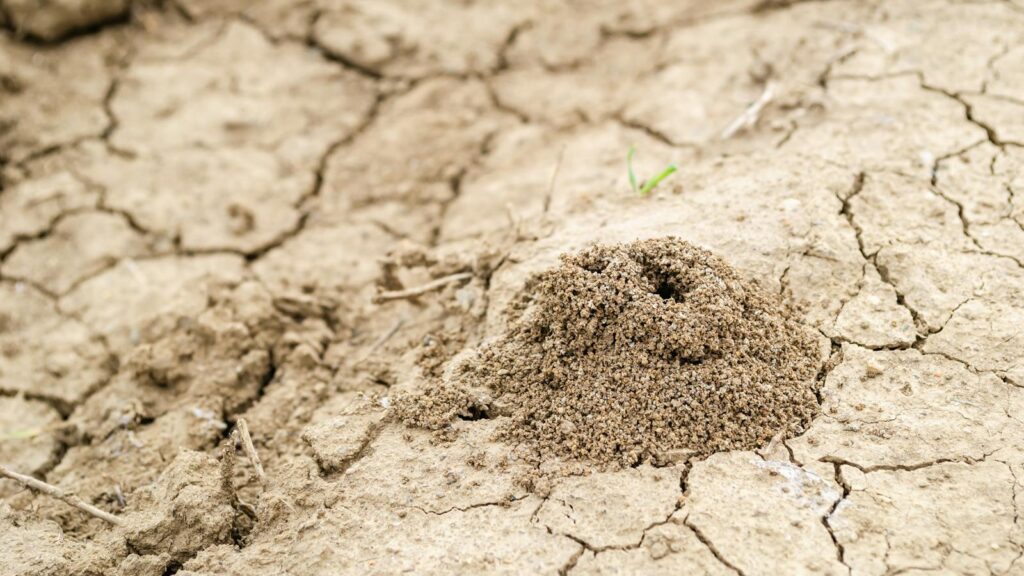
Any species’ long-term survival through apocalyptic conditions depends on successful reproduction, an area where ants demonstrate remarkable efficiency and redundancy. Ant colonies typically center around one or more queens capable of laying thousands of eggs, creating rapid population growth when conditions permit. Dr. Raymond Fischer, reproductive biologist at the University of Tokyo, notes, “A single fertilized queen can store sperm for years or even decades, allowing her to produce millions of offspring throughout her lifetime without requiring additional mating.” Many species also practice “supercolony” formation, where multiple queens cooperate, further increasing reproductive output and genetic diversity. Additionally, certain species employ strategies like budding, where queens and workers split off to form new colonies, allowing rapid geographic expansion when opportunities arise. These reproductive advantages would help ant populations recover quickly from population bottlenecks caused by apocalyptic events.
Chemical Communication: Coordinating in Chaos
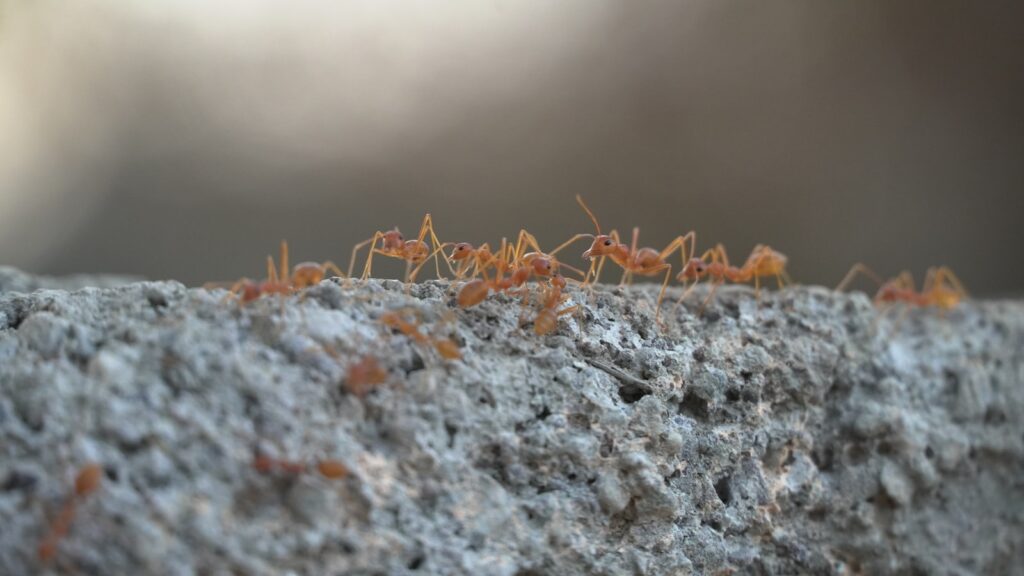
Effective communication during disasters proves essential for survival, and ants possess sophisticated chemical communication systems that function even in extreme conditions. Unlike human communications that rely on vulnerable technological infrastructure, ants communicate primarily through pheromones—chemical signals that remain functional regardless of electromagnetic disruptions or power failures. Dr. Liang Zhang, chemical ecologist at Beijing Normal University, explains, “Ants use dozens of distinct pheromone signals to coordinate complex behaviors, from alarm signals and trail marking to recognition of colony members.” This chemical communication allows colonies to coordinate rapid responses to threats, discover new resources, and maintain social cohesion even when physically dispersed. Experiments have shown that these chemical signals remain functional in highly disturbed environments, including areas with significant air pollution or altered atmospheric composition. This robust communication system would prove invaluable for coordinating collective survival strategies in unpredictable post-apocalyptic environments.
Competitive Edge: Ants vs. Other Survivors
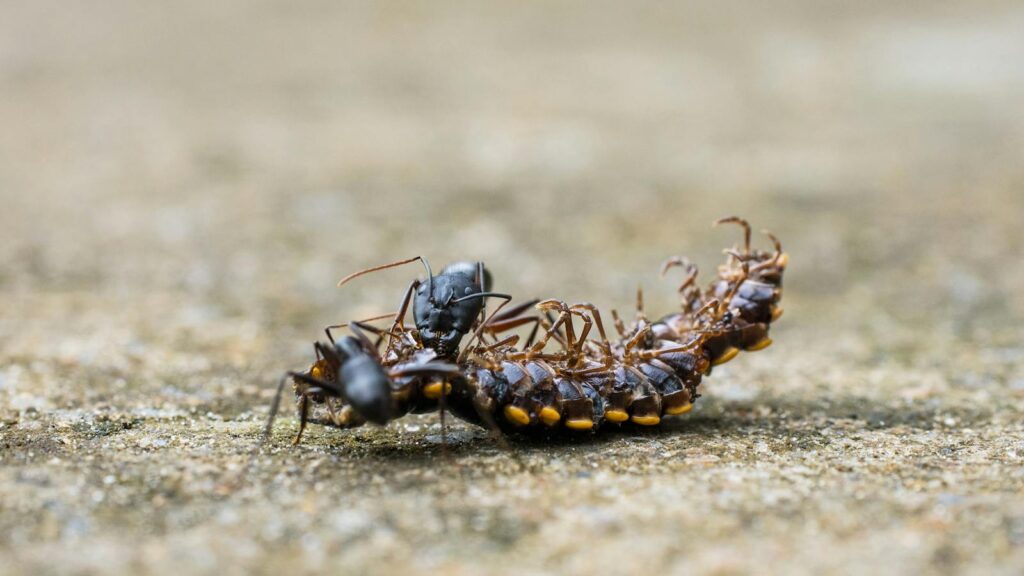
In post-apocalyptic scenarios, competition with other surviving species would become a critical factor determining long-term success. Ants possess several advantages that position them favorably against potential competitors. Their small size allows ants to utilize microhabitats inaccessible to larger organisms, while their collective strength enables them to overcome much larger adversaries when necessary. Dr. Victoria Ramirez, ecological competition specialist at the University of São Paulo, observes, “Army ants demonstrate how even the most formidable competitors can be overwhelmed by coordinated ant colonies acting in concert.” Additionally, ants’ generational turnover occurs rapidly compared to larger organisms, allowing faster adaptive evolution in response to new selection pressures. Research on invasive ant species demonstrates their ability to outcompete native fauna, often dominating ecosystems within remarkably short timeframes. These competitive advantages suggest ants would effectively navigate the altered ecological relationships of post-apocalyptic environments.
Genetic Adaptability: Evolution in Fast Forward

Long-term survival through apocalyptic conditions would require genetic adaptability to novel environmental pressures, an area where ants show particular promise. Despite their small size, ants possess substantial genetic complexity, with genomes containing approximately 10,000-20,000 genes that provide raw material for adaptive evolution. Dr. Hannah Nakamura, evolutionary geneticist at the Max Planck Institute, explains, “Ants demonstrate remarkable evolutionary plasticity, with studies showing significant genetic adaptations emerging within just decades in response to new environmental challenges.” Their relatively short generation times—especially compared to larger animals—allow more rapid genetic selection, potentially enabling adaptation to changed conditions within centuries rather than millennia. Additionally, the high reproductive output of queens creates abundant opportunities for beneficial mutations to emerge and spread through populations. This genetic flexibility would prove crucial for navigating the novel selection pressures of dramatically altered post-apocalyptic ecosystems.
Specific Apocalypse Scenarios: Which Would Ants Survive?

Scientific analysis suggests ants’ survival prospects vary significantly depending on the specific apocalyptic scenario. Nuclear warfare presents a mixed picture: while ants show higher radiation resistance than humans, extreme nuclear winter conditions might exceed their adaptive capacity, especially if global temperatures dropped dramatically for extended periods. Supervolcano eruptions pose serious challenges through ash deposition and atmospheric changes, though underground colonies might persist in regions less affected by ash fall. Pandemic scenarios affecting humans would likely have minimal impact on ant populations, potentially even benefiting them through reduced human interference. Asteroid impacts similar to the Chicxulub event that ended the dinosaur era would severely impact ant populations, though their historical survival through similar events suggests some species would persist. Climate change scenarios, while devastating, might allow substantial ant survival due to their pre-existing adaptations to temperature extremes. Dr. Thomas Reid, catastrophic ecology specialist at ETH Zurich, concludes, “Ants would likely survive most apocalyptic scenarios in some form, though population distribution and dominant species would shift dramatically.”
Post-Apocalyptic Evolution: What Ants Might Become

Perhaps the most fascinating scientific speculation concerns how surviving ant species might evolve in post-apocalyptic environments with dramatically altered selection pressures. The absence of many current competitors and predators could open evolutionary pathways previously unavailable to ants. Dr. Isabella Fuentes, speculative evolutionary biologist at Arizona State University, suggests, “With reduced competition from vertebrates, we might see ants evolving to fill ecological niches currently occupied by larger animals, potentially developing novel body forms and behaviors.” Some scientists hypothesize that certain ant species might evolve larger body sizes in the absence of larger predators, similar to the phenomenon of island gigantism. Others speculate about enhanced cognitive abilities emerging through selection for more complex problem-solving in challenging environments. While such predictions remain speculative, they’re grounded in evolutionary principles and the remarkable adaptive potential ants have demonstrated throughout their evolutionary history. The resulting post-apocalyptic ant species might appear quite different from those familiar to us today.
Scientific Consensus: The Ultimate Survivors?
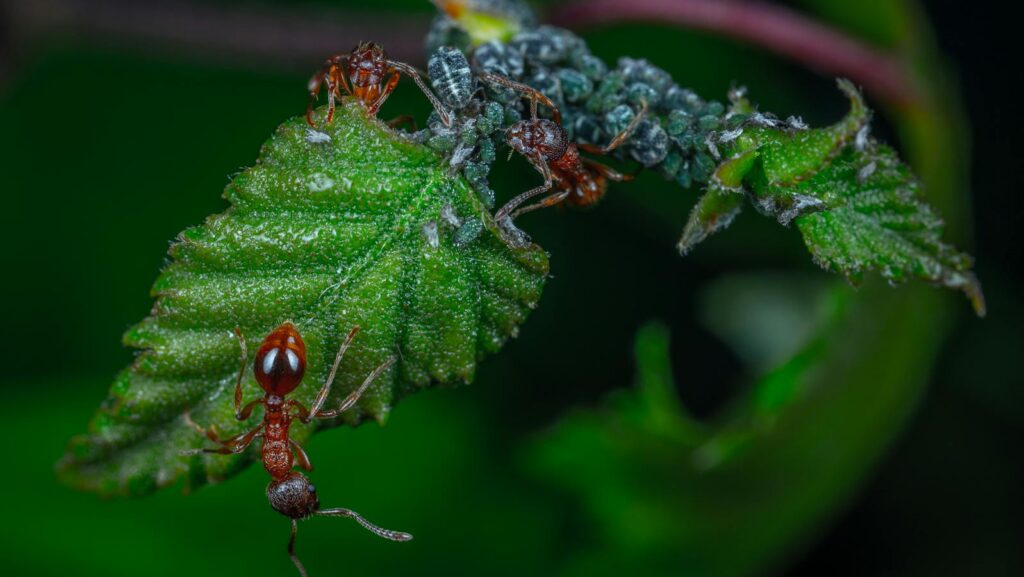
The scientific consensus regarding ants’ apocalyptic survival prospects is cautiously optimistic, though tempered with important caveats. A 2022 survey of 87 entomologists and disaster ecologists found that 78% believed multiple ant species would survive all but the most extreme extinction events, such as those rendering Earth completely uninhabitable. Dr. James Thornton, lead author of the comprehensive review “Arthropod Survival Through Global Catastrophes,” summarizes the scientific position: “The evidence strongly suggests that some ant species would survive most conceivable apocalyptic scenarios, though with significantly altered distribution patterns and potentially dramatic population bottlenecks.” Scientists emphasize that survival would likely be unevenly distributed across ant taxa, with generalist species and those with pre-existing adaptations to extreme conditions faring best. While individual colonies might perish in vast numbers, the global distribution and diversity of ants provide redundancy that would ensure continuation of these remarkable insects in some form. This resilience places ants among the most likely complex multicellular organisms to witness what comes after an apocalyptic event.
The remarkable resilience of ants in the face of potential apocalyptic scenarios offers not just scientific fascination but perhaps a humbling perspective on humanity’s place in Earth’s biological story. While humans have dominated the planet for a mere moment in geological time, ants have persisted through cataclysms that reshaped the entire biosphere. Their success stems not from technological sophistication or individual strength, but from collective cooperation, evolutionary flexibility, and adaptations refined over millions of years. As Dr. Eleanor Martinez poignantly observes, “The question isn’t just whether ants would survive an apocalypse—it’s whether they might ultimately inherit the Earth after we’re gone.” In studying these tiny potential apocalypse survivors, scientists gain invaluable insights into biological resilience that might inform our own species’ strategies for navigating an uncertain future. Whatever catastrophes may come, it seems increasingly likely that ants—in some form—will continue their evolutionary journey long after our own story has concluded.
